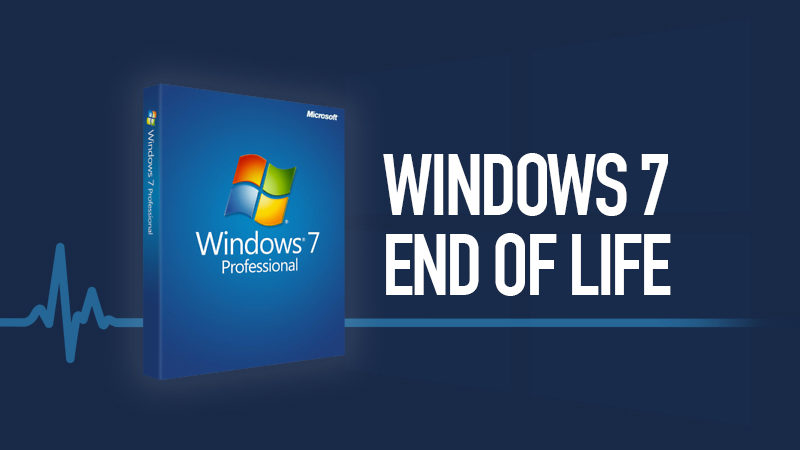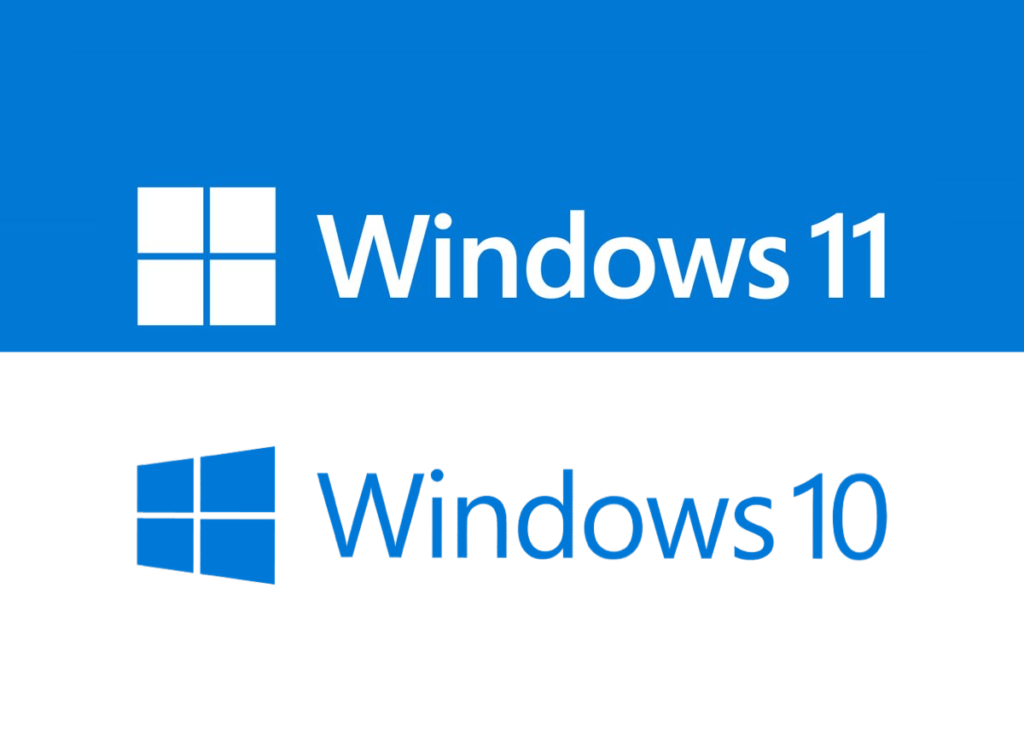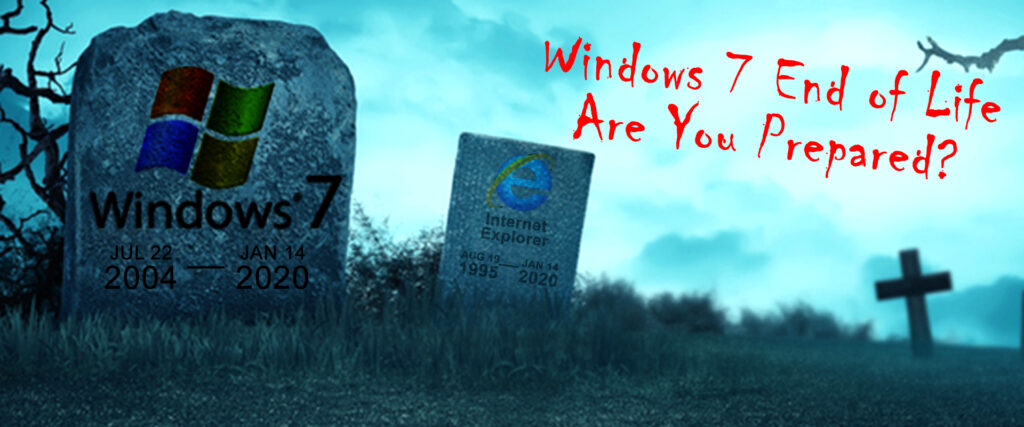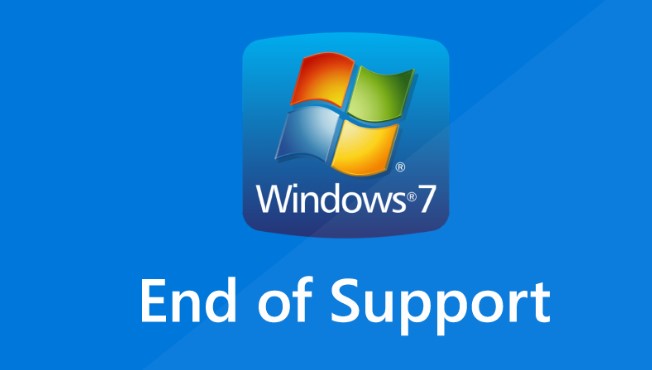
The operating system that debuted 14 years ago has reached the end of its lifespan. What does that mean for consumers and where do they go from here?
When Windows 7 launched, it was an improvement over XP and Vista but had many issues. Software and hardware vendors weren’t ready for it, leading to compatibility and functionality issues. As time went on, consumers fell in love with the operating system — so much, they refuse to accept that it is time to move on.
Microsoft cannot stop consumers from continuing to use Windows 7. When they retire an operating system, they stop providing security updates. Those updates are provided to address vulnerabilities discovered with the O/S. Even after all these years, it is not perfect and more vulnerabilities will surface. Without updates provided going forward, all identified vulnerabilities will remain in place. Hackers will use these against consumers however they can.

Consumers have new options from Microsoft in Windows 10 and more recently Windows 11. The industry standard is Windows 10 but moving quickly to Windows 11. Windows 10 won’t go end-of-life until October 2025. Continuing to use it or using it to replace Windows 7 is a valid solution.
New devices are shipping with Windows 11 from hardware vendors. Upon release, it was praised for its improved visual design, window management, and a stronger focus on security. Not all existing Windows 7/10 computers will be compatible with Windows 11. Microsoft has a tool, available here, for consumers to check the compatibility of their devices.
If your computer is compatible, Microsoft allows consumers to upgrade to Windows 11 for free.
Change is hard. Don’t put yourself at risk because of it. Contact us for advice and assistance to keep you, your data, and your business safe.


